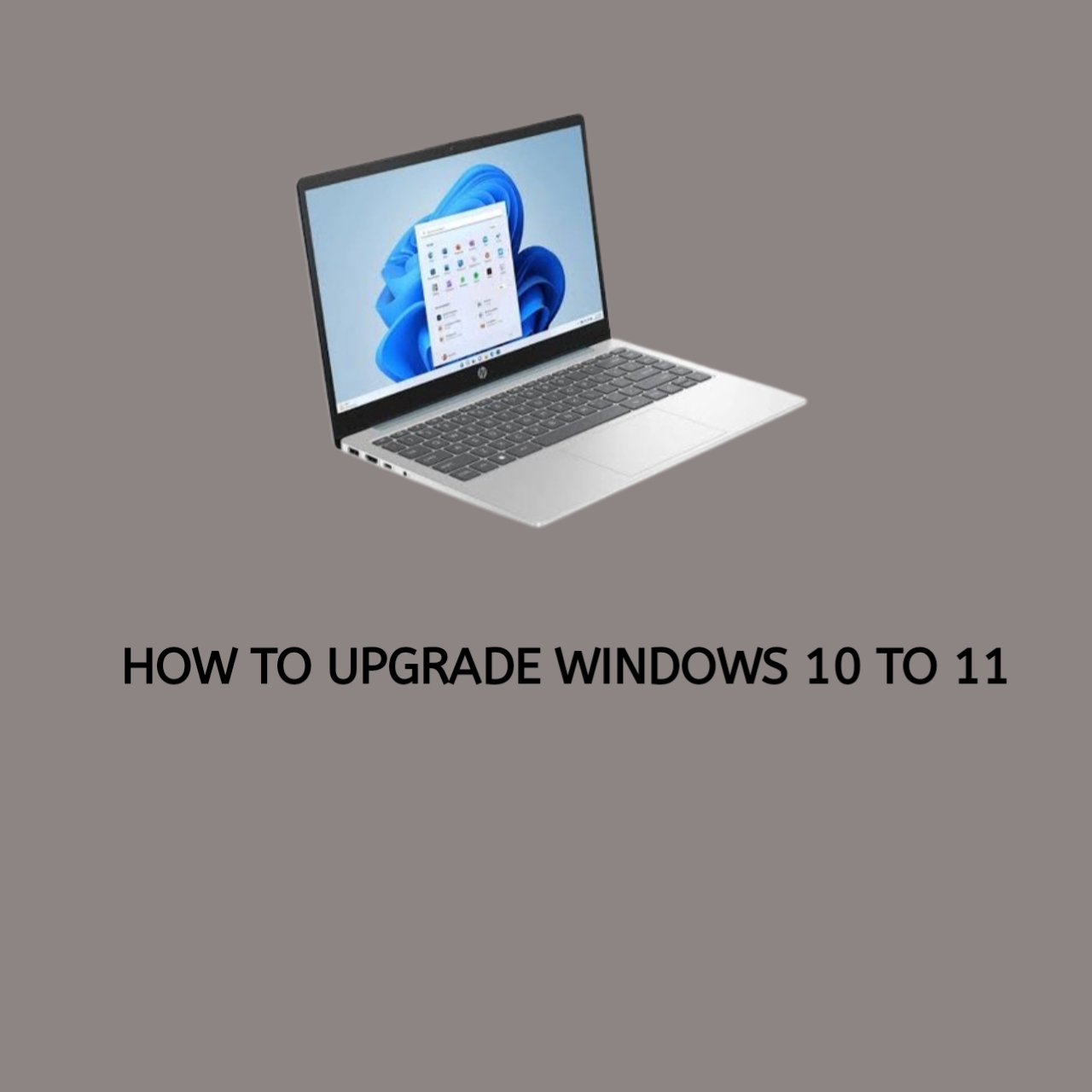Windows 11 is Microsoft’s latest operating system, bringing a fresh design, enhanced security features, and improved performance. Whether you’re a gamer, a professional, or an everyday user, upgrading to Windows 11 can provide a smoother and more productive experience. This guide walks you through everything you need to know to upgrade from Windows 10 to 11 seamlessly.
System Requirements for Windows 11
Before upgrading, ensure your PC meets the minimum system requirements for Windows 11:
- Processor: 1 GHz or faster, with at least two cores.
- RAM: 4GB or more.
- Storage: 64GB or larger.
- Graphics Card: Compatible with DirectX 12 or later.
- Display: High-definition (720p) display.
- TPM Version: Trusted Platform Module (TPM) 2.0.
- Secure Boot: Enabled in BIOS settings.
How to Check Compatibility
- Use Microsoft’s PC Health Check Tool:
- Download the tool from the official Microsoft website.
- Run the tool and review the compatibility results.
- Manual Verification:
- Check your processor details, RAM, and storage in Settings → System → About.
- Access BIOS to confirm TPM 2.0 and Secure Boot are enabled.
Back-Up Your Data
Upgrading to a new operating system is usually safe, but it’s always best to back up your important files to avoid potential data loss.
- External Drive: Copy critical files to an external hard drive or USB stick.
- Cloud Storage: Use services like OneDrive, Google Drive, or Dropbox.
- System Image Backup:
- Go to Control Panel → Backup and Restore.
- Select “Create a system image” and follow the prompts.
Step-by-Step Guide to Upgrade from Windows 10 to 11
Step 1: Prepare Your Device
- Plug your PC into a power source to avoid interruptions during the upgrade.
- Ensure Windows 10 is up-to-date:
- Go to Settings → Update & Security → Windows Update.
- Click “Check for updates” and install available updates.
Step 2: Download and Install Windows 11
You have three options for upgrading:
Option 1: Windows Update
- Navigate to Settings → Update & Security → Windows Update.
- If Windows 11 is available for your device, select “Download and install.”
Option 2: Installation Assistant
- Download the Windows 11 Installation Assistant from Microsoft’s official website.
- Run the tool and follow the on-screen instructions to complete the upgrade.
Option 3: Clean Installation
- Download the Windows 11 ISO file from the Microsoft website.
- Create a bootable USB drive using tools like Rufus.
- Restart your PC and boot from the USB drive.
- Follow the clean installation instructions.
Common Issues and Troubleshooting
Compatibility Issues
- If your device doesn’t meet the minimum requirements, you can bypass TPM 2.0, but this is not recommended as it poses security risks.
Storage Problems
- Free up space by deleting unnecessary files or moving them to an external drive.
Internet Connectivity Issues
- Ensure you have a stable internet connection during the download and installation process.
Post-Upgrade Tips
- Verify Installation:
- Go to Settings → System → About to confirm Windows 11 is installed.
- Update Drivers:
- Use Windows Update or your device manufacturer’s website to install the latest drivers.
- Customize Settings:
- Explore the new Start Menu, Widgets, and Snap Layouts for multitasking.
- Personalize your desktop through Settings → Personalization.
FAQs
Q: Is Windows 11 free to upgrade?
Yes, Windows 11 is free for eligible Windows 10 users as long as their device meets the minimum requirements.
Q: What happens if my PC isn’t compatible with Windows 11?
You may need to consider upgrading your hardware or sticking with Windows 10, which will continue to receive updates until October 2025.
Q: Can I roll back to Windows 10 after upgrading?
Yes, within the first 10 days after upgrading, you can revert to Windows 10 through Settings → System → Recovery.
Q: How long does the upgrade process take?
The upgrade typically takes 30 minutes to an hour, depending on your internet speed and device performance.
Q: Will upgrading erase my files?
No, upgrading retains your files, but creating a backup is highly recommended.
Conclusion
Upgrading from Windows 10 to 11 unlocks new features, better security, and a refined user experience. With this guide, you can confidently prepare, upgrade, and optimize your system.
